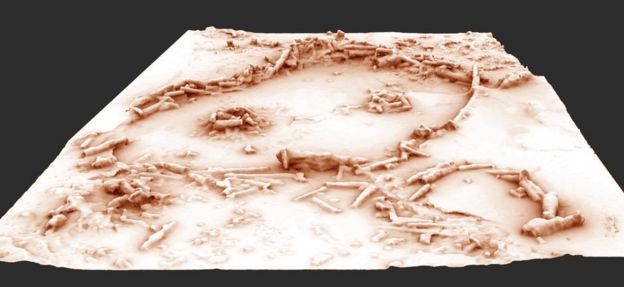In 1990 I flew to Australia to work on a computer system to provide information relating to the possibility of climate change -see To Australia in a Box. Shortly after I arrived the project was cancelled, because it was clearly not considered a sufficiently important project to spend government money on it.
Since then climate deniers in the Australian government have come and gone - and the temperature has continued to rise - with more and more highest temperature records being broken. It is clear that warmer seas made more acid by the increasing levels of dissolved carbon dioxide could have a serious effect on natural features such as the Great Barrier Reef.
A news item today reveals that the Australian section of the UN World Heritage site report on the effects of climate change has been axed. Apparently the Australian Department of the Environment still believes that burying one's head in the sand and hoping the problem will go away is the answer to the realities of climate warming. At least their attitude is clear - the whole world now knows that the Great Barrier Reef is not in safe hands.




